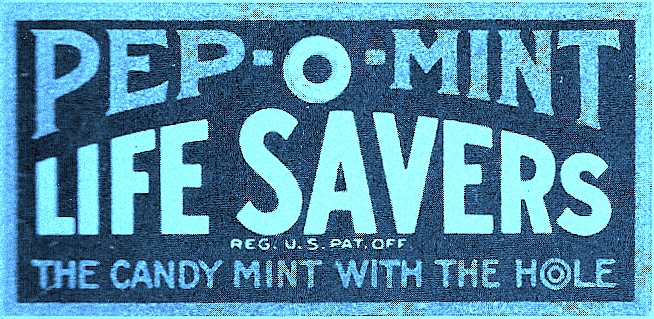 SARASOTA – One night last week, I helped melt Life Savers in the oven.
SARASOTA – One night last week, I helped melt Life Savers in the oven.
For my wife’s vacation bible school class, they made the week’s theme the stained glass windows in Church of the Redeemer. After seeing the windows of this Sarasota Bay church, the kids took cookies and topped them with “stained glass” chips of melted Life Savers that mimicked the windows. You take the Life Savers, separate them, and then re-melt them into a sheet. You can then break them into pieces, like shards. Note to brand managers: It’s always helpful to make sure your brand shows up somehow in children’s craft activities. In this case, you have two products, a candy and something like Shrinky Dinks.
But when we opened up the bag to start the process, many were broken. Not that it mattered for this project, but it would irk if I were eating them. They were stickier than I recall a generation ago, as well. My six -year-old loved the taste and all the varieties, but she did not know what Life Savers were, an indication they were skimping on advertising. They were also made in Mexico. It all got me thinking that the product is on the wrong trajectory. I realized that it was yet another of the once-great denuded and emasculated American brands.
Part of American History
Life Savers has a long history, born in Cleveland in 1913. But their recent unwrapping mimics the sorry story of American industry, a series of leveraged buyouts that each step of the way leaves some very much richer, and the rest of us poorer. After a series of owners including Nabisco, the company was purchased from Kraft in 2005 for around $1.4 billion. Coupled with the sale were some hefty tax advantages and the “regrettable” closing of a bunch of candy plants. Life Savers is now a part of Mars, which purchased Wrigley two years ago with the help of Berkshire Hathaway. Mars, we hope, has the long-term view. (Kraft, however, has just gone back into where they failed, and purchased Cadbury. We hope they show it more love than Life Savers.)
Looking at the bag of Life Savers, I tried to list what needed to be fixed with the brand. A few thoughts:
- Where Are the Rolls? It is difficult to find Life Savers in simple rolls, so we had to get a hanging bag. In stores, they take up WAY more space than they need too. This changes the essential nature of the brand’s feeling, which was that they were wrapped in foil and wax paper, with a green little dental floss like thing. While I am sure Wrigley can point to some studies that show that procuring hanging rack space by the checkouts sells some candy, the rolls take up far less shelf space and are much more efficient all around.
- Fake, Fake: The Life Savers were packed with artificial sweeteners, and the taste seems to be the same as the FDA-approved list from Monsanto, c. 1962. (I always thought the cherry was rather too close the smell to the cherry scented urinal cakes, but this cherry might just be another fake cherry flavor). While this chintzy sort of Nixon-era trick would work in 1969, this is no longer possible in an era when parents shop at Whole Foods. Recently, I read an article recommending giving kids peppermint aromatherapy for grumpy moments. How does the artificial sweetener do for that sort of mentality?
- Messy Type: The LIFE SAVERS type on top of the Life Saver is hardly legible, though I guess it would show up if you took a pencil rubbing. Part of a brand’s appeal is making the type crisp, and that goes not only for packaging, but the shape and feel of the product.
- No Marketing to Youth: The product is not on most candy shelves, and it is not marketed even to teens. Now, our six-year-old liked the candy, but amazingly, she did not know what Life Savers were. There is no reason why kissing teens can’t be entertained by the sparks in Wint-o-green.
- Get on the candy rack: Little fingers reach for the low areas in the candy rack in the checkout line and at the convenience store. The candy must get back on these shelves. Occasionally, there are Gummi Savers on the rack, but that’s it.
- Made in Mexico: When you turn over the package, you see it in plain English. Made in Mexico. To the consumer, and for a simple-to-make food product, this means the company was trying to do something on the cheap. The product message connotes sucking, not on a candy, but sucking as in the “giant sucking sound” of jobs and plants going abroad. Now mind you, don’t blame the poor factory manager in Mexico for the cracked up candies and our messed up bags. That’s all American made.
Tomorrow: Life Savers and U.S. production. It’s time for production to come back to the U.S.


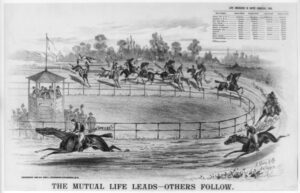
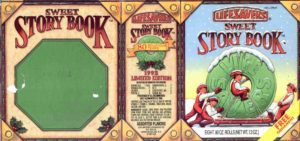
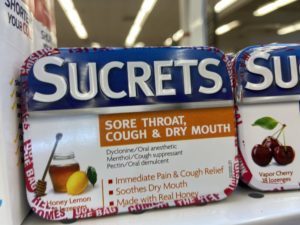
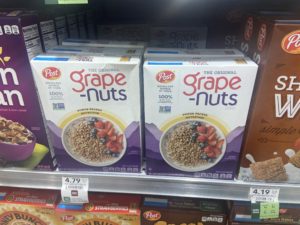
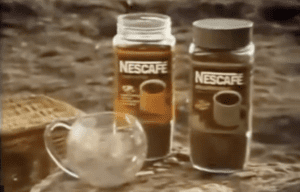
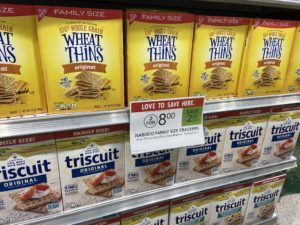
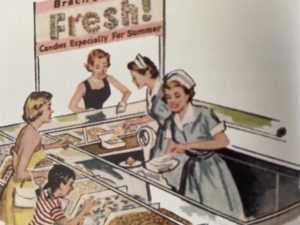
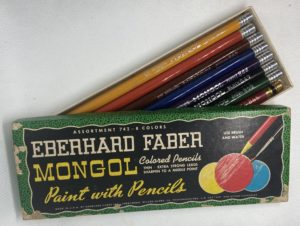
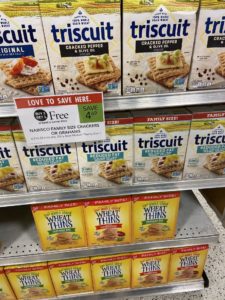

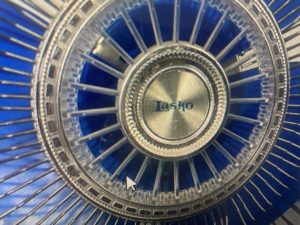
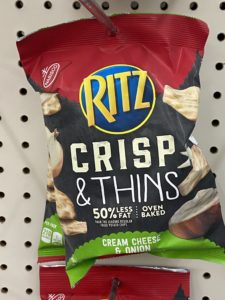
I saw the Mexican Life Savers in rolls yesterday at a local grocery chain. They had 5 Flavor, Wint-O-Green, and Pep-O-Mint. The print job on the labels isn’t stellar and they just don’t look like the Life Savers we grew up with. I don’t get it–hard candy in a convenient little roll, what’s not to like? I will say that of the bagged flavors, my favorite is the orange mint, even though they taste more than vaguely of baby aspirin.